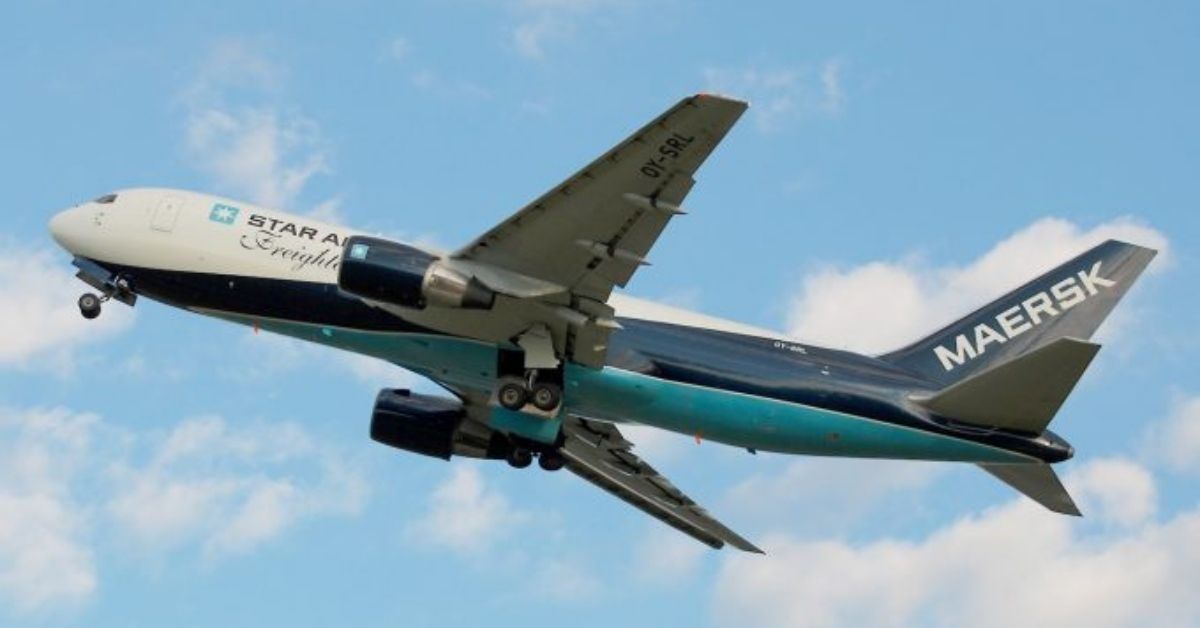A sudden ‘slump in demand’ and deceleration owing to inflation, lower consumer confidence, business activity, and other geopolitical reasons has put the cargo markets under pressure. With a busy holiday season looming, amidst weakened demand and with the US government and private sector pulling out all the stops, will air cargo fortunes stay the course?
Air cargo had a chequered year full of ups and downs in the US as it charted a recovery post-pandemic but is now faced with headwinds from a weakened demand globally and flattish growth.
As per the latest figures shared by International Air Transport Association (IATA), North American carriers posted a 3.4% decrease in cargo volumes in August 2022 compared to the same month in 2021. This was an improvement over the 5.7% decline in July. The lifting of restrictions in China improved demand and a further boost is expected in the coming months. Capacity was up 5.7% compared to August 2021.
A chequered year for air cargo
Several important developments marked this year for air cargo what with the growth of e-commerce, embracing sustainability, talent retention, and digitalisation became the megatrends for the sector.
In October, the Airforwarders Association (AfA) and the National Customs Brokers and Forwarders Association of America (NCBFAA) had called for a State or Federal backed ‘Air Cargo Support Fund’ that can inject up to $5 billion to tackle the infrastructure crisis faced by the US air cargo industry. The recommendations to Washington form part of a whitepaper, following a major national survey of 400 air cargo stakeholders in private and public sectors to identify challenges for the sector.
“With airports and airlines experiencing substantial revenue shortfalls over the past two years, the situation is becoming critical with potentially severe impacts on the economy and jobs throughout the country. Because of the lagging financials, airports will be allocating the monies of the Infrastructure Act to passengers, security, and safety, leaving insufficient funds to sustain air cargo operations. Additional funding, specifically dedicated to air cargo, is urgently needed,” said Brandon Fried, Executive Director, AfA.
In February this year, the US Department of Labor’s Wage and Hour Division announced a ‘Warehouse and Logistics Worker initiative’ designed to ensure that warehouse and logistics workers’ wages and workplace rights are protected.
While these moves underlined the growing pressure on the air cargo industry working with existing facilities that were ill-suited to the needs of modern cargo traffic, it also signalled that airports were overwhelmed, faced with labour crunch and discontent and that airlines were staring at revenue shortfalls even as they limped back to pre-pandemic levels.
Airlines show an appetite for cargo
Despite limited capacity, traffic congestion, Covid-led trade restrictions in China, and a severe labour crunch, US carriers showed an appetite for air cargo and also touched pre-pandemic levels of volumes this year. As more capacity has opened up, many carriers have opted for fleet modernization, while several airlines have added more freight routes as well.
A sudden ‘slump in demand’ and deceleration owing to inflation, lower consumer confidence, business activity, and other geopolitical reasons has however put the cargo markets under pressure.
As capacity returned, air freight volumes across the industry are down about 14% YoY and steered clear of the peak season spike that usually is expected at this time of the year. These trends were also in line with the recent third-quarter results of some of the US carriers.
Leading US carrier, American Airlines recently reported a 16 percent decline in cargo revenue at $279 million for the third quarter that ended September 30, 2022, compared to Q32021 on lower miles flown and lower yields. While cargo tonne miles declined over 6 percent to 478 million, cargo yield per tonne mile (in cents) was down over 10 percent at 58.30.
“Based on current trends, the company expects its fourth-quarter total revenue to be 11% to 13% higher versus the fourth quarter of 2019 on 5% to 7% lower capacity. With these demand trends and the current fuel price forecast and excluding the impact of special items, the company expects to produce an operating margin of between 5.5% and 7.5% in the fourth quarter,” a release from the company cited.
Close rival United Airlines reported a 77 percent increase in cargo revenue to $498 million for the third quarter ended September compared to $282 million in Q32019 even as cargo revenue tonne miles declined 9 percent to 733 million from 804 million in Q32019.
For the first nine months of FY2022, cargo revenue came in at $1.7 billion, almost double (97 percent) compared to $863 million during the comparable period of 2019. Cargo revenue tonne miles dropped 7 percent to 2.3 billion from 2.4 billion in the same period of 2019. Compared to 2021, Q3 cargo revenue was down 4 percent and increased 4 percent for nine months.
“Through a combination of cargo-only flights and passenger flights, United transported nearly 250 million pounds of cargo including approximately 20 million pounds of medical shipments, 480,000 pounds of Covid-related shipments, and 900 pounds of military shipments,” said an official release. United reported operating revenue of $12.9 billion, up 13 percent compared to 2019, and a net income of $942 million.
Delta Air Lines reported a 27 percent increase in cargo revenue to $240 million for the third quarter ended September 30, 2022, compared to $189 million in Q32019. For the first nine months of 2022, cargo revenue was up 41 percent to $801 million from $567 million in the same period of 2019. Total operating revenue was up 11 percent to $14 billion for Q32022 and 4% to $37 billion for nine months of the current financial year.







